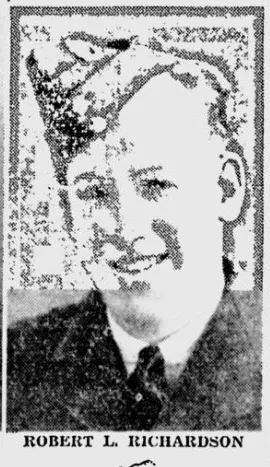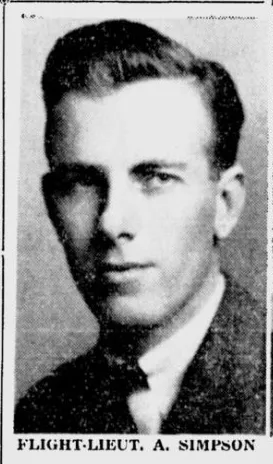Blackburn Shark

Blackburn Shark Mk. III, RCAF (Serial No. 525), No. 6 (Torpedo Bomber) Squadron, May 1939
The Blackburn Shark was a British carrier-borne torpedo bomber built by the Blackburn Aircraft company in England. It first flew on 24 August 1933 and went into service with the Fleet Air Arm, Royal Canadian Air Force, Portuguese Navy, and the British Air Observers' School, but was already obsolescent by 1937 and in the following year, replacement by the Fairey Swordfish began.
The Blackburn T.9 Shark was designed and built, initially as a private venture, to Air Ministry Specification S.15/33 for a torpedo-spotter-reconnaissance aircraft to be operated by the Fleet Air Arm. It had a crew of three, with the observer/wireless operator and gunner sharing the second cockpit (open on Mks I and II, enclosed on Mk III). Armament consisted of one fixed, forward-firing .303 in (7.7 mm) Vickers machine gun, plus a .303 in (7.7 mm) Vickers K machine gun or Lewis Gun mounted on a Scarff ring in the rear cockpit, with provision for a 1,500 lb (680 kg) torpedo or equivalent bombload carried externally.
The prototype was subsequently fitted with twin floats and was test-flown at Brough in April 1935 with successful sea trials taking place at the Marine Aircraft Experimental Establishment Felixstowe.
The RCAF purchased seven Blackburn Shark II (760 hp/570 kW Tiger VI) in 1936 for service with No 6 (TB) Squadron, later operating as No 6 (BR) Sqn on shipping patrols off the Canadian west coast. Two Blackburn Shark IIIs (800 hp/600 kW Pegasus III) were supplied to RCAF by Blackburn in 1939 as forerunners of 17 similar aircraft built by Boeing Aircraft of Canada at Vancouver, with 840 hp (630 kW) Pegasus IX and used by Nos 6 and 4 (BR) Squadrons. RCAF Blackburn Sharks, some of which operated as floatplanes, were withdrawn from service in August 1944 and five were then transferred to the RN Air Observers' School in Trinidad. Wikipedia
 RCAF Blackburn Shark Serials - Kestrel Publications
RCAF Blackburn Shark Serials - Kestrel Publications
CASPIR Aircraft Groups:
RCAF On Strength (26), Canadian Aircraft Losses (6)Shark III 517
With the Test and Development Flight at RCAF Station Rockcliffe, Ontario. To No. 6 (BR) Squadron on 21 October 1939 at RCAF Station Jericho Beach, BC. Bombed up and placed on standby, 10 April 1940, in order to intercept Norwegian merchant vessels if they attempted to escape Vancouver harbour, no mission flown. To Alliford Bay, Queen Charlotte Islands, with this unit in May 1940. Lost upper wing during dive bombing training at Alliford Bay, BC on 27 July 1940, 2 fatalities, first RCAF Shark fatalities. This accident lead to fleet grounding, and general inspection and repair of aircraft before returning to service.
1939-10-17 Taken on Strength 2019-08-20
1940-July-27 Accident: 6 Squadron Loc: Alliford Bay British Columbia Names: Halpenny | Richardson | Simpson
1940-11-14 Struck off Strength Struck off after crash, see comments. 2019-08-20





 Canadian Virtual War Memorial
Canadian Virtual War Memorial Library and Archives Canada Service Files (may not exist)
Library and Archives Canada Service Files (may not exist) Vancouver, British Columbia
Vancouver, British Columbia

 Wikipedia Blackburn Shark
Wikipedia Blackburn Shark Harold A Skaarup Web Page
Harold A Skaarup Web Page